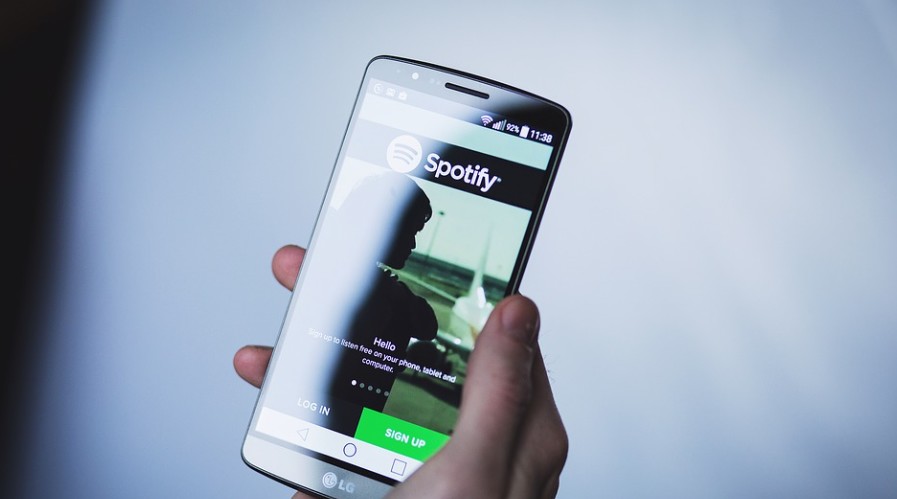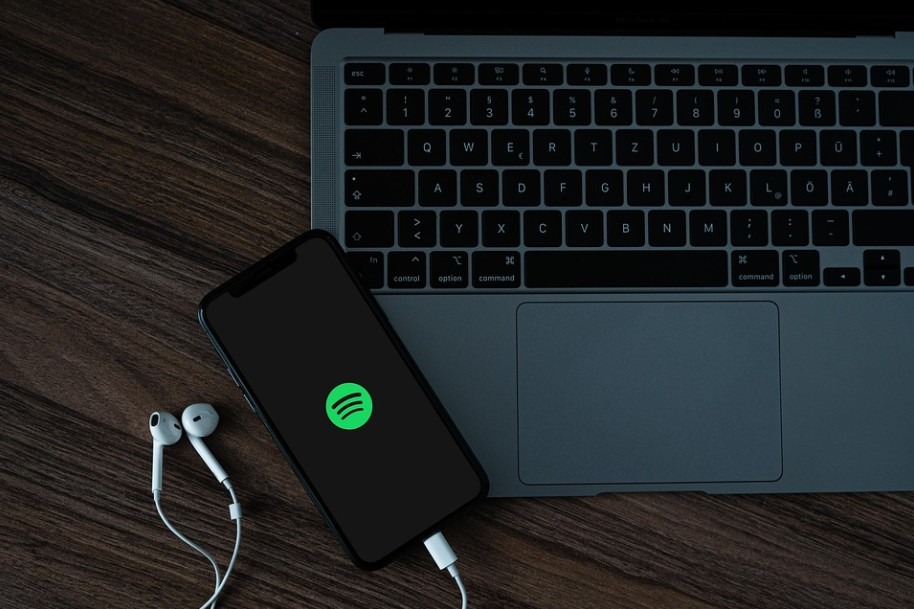These days, most people may have at least heard of Spotify – even to those who haven’t used it yet. At the moment, Spotify is the leading audio streaming and media service in the world, and many brand collaborations are anchored on this platform. With over 70 million streamed, including around 3.2 million podcast titles, Spotify has definitely changed the music listening landscape and reinvented the music industry.
History
Spotify is a billion-dollar company; thus, it is one of the world’s most successful start-ups. It was founded in Stockholm, Sweden, on April 23, 2006, by entrepreneurs Daniel Ek and Martin Lorentzon.
The company’s name came about by accident. When Ek and Lorentzon were yelling out some possible names for their business, Ek misheard the name “Spotify” from Lorentzon. The term was probably coined from “spot” and “identify.”
Although Spotify began as a company in 2006, it only launched its streaming service two years later, on October 7, 2008. Initially, the company limited the sign-up for free services through invites-only, supported by ads.
The early years were pretty tough for the fledgling company. After launching the limited free sign-up, Spotify introduced paid-for subscriptions almost immediately. Despite this, the company suffered a loss of 31.8 million Swedish kronor or US$4.4 million.
Before the advent of streaming services, you might have been guilty of using controversial file sharing sites, such as Napster and the now-defunct Limewire, to download your music. Such activities cost the music industry millions of dollars every year since people were not paying for the songs. Daniel Ek told the Telegraph in 2010, “I realized that you can never legislate away from piracy.” He shared that the only way to solve the problem was to “create a service that was better than piracy and at the same time compensate the music industry.” Ek also couldn’t help having a slight hunch that his streaming services would, one day, be worth billions.
Spotify launched public registration for the free-service tier in the United Kingdom in February 2009. That’s also when the company launched an app on Apple’s App Store. In July 2011, Spotify made its debut in the United States, offering a six-month free trial period, where new users could have access to an unlimited number of songs at no charge. The following year, Spotify launched its service on Android devices.
The rivals
It had been a while since Spotify launched its streaming service. But it wasn’t long before other platforms began to jump on the streaming bandwagon.
Apple, Spotify’s main rival, launched Apple Music in 2015, securing exclusive deals with leading artists like Taylor Swift, Drake, and Frank Ocean to stream their music first. The iTunes store had always maintained the “pay per download” of a track or entire album for its users. But Apple Music introduced paying a monthly subscription for unlimited access to its music library. SoundCloud followed suit by unveiling SoundCloud Go streaming services in 2016.
As a response to the rising competition, Spotify updated and rebranded itself. It also added new features including music videos and clips. At the time, this service had more than 25 billion hours of songs available.
In March 2016, the company raised $1 billion as it planned to launch on the stock market in 2017. But that didn’t happen. Instead, Spotify planned to build up a “better balance sheet” to improve its margins before launching its initial public offering (IPO) in 2018.
Since 2016, the Spotify app has connected with its users through various lists tailored for every kind of music taste. Users will discover new songs and artists, the hit songs, and others they might have forgotten. Some of the most listened-to hits include Billboard Hot 100, Discover Weekly, Hipster International, Billboard R&B/Hip-Hop Songs, Digster HIP HOP HITS!, Top Trap Latino, and many others.
There are also extensions and options created to personalize the use of the Spotify app, enhancing the user experience. Some of the best and most important extensions include Last.fm, Forgotify, The Set Listener, and Vifish.
Criticisms and controversies
Despite Spotify’s astronomical success, it is not without its fair share of controversies and criticisms.
Most of these criticisms stem from how much artists get paid for having their music streamed on the service.
Since Spotify makes deals with record labels, and by the time the payments finally go to the artists, it can only be only a marginal amount. It is this very reason why Taylor Swift pulled her entire catalog from the service in 2014. She has put it back on since.
Some artists have argued that Spotify serves as a “launching pad” for smaller and aspiring artists who otherwise couldn’t get their music heard and supported. However, other artists feel that Spotify is not supportive enough for emerging music artists, and the company has been trying to deal with this effectively. In 2013, the company introduced “Spotify for Artists,” an attempt to clarify its business model to the artists and help them form a fan base and earn significant revenues.
Aside from that, many experts maintain that making profits from the streaming business is no easy task. From paying royalties to artists to other expenses, it is tough to become profitable. Despite its popularity, Spotify has suffered so many losses. But with the recent increase in the paid consumer base, Spotify is better positioned to deal with these problems better. A 2019 report by The Verge divulged that Spotify has become profitable only three times since its inception.
Recent developments
In 2018, Spotify started to allow free users to listen on-demand to whatever songs they like to listen to, as long as the song is included in users’ discovery playlists. The company also launched a new beta feature that provided artists and their labels a much easier way to submit unreleased material directly to Spotify for playlist consideration.
In 2019, Spotify launched Car View for Android, allowing Android devices to have a compact “Now Playing” screen when the device is connected to the car’s Bluetooth. Later that same year, the company introduced “Your Daily Drive” custom playlist that closely replicates the drive time format of many conventional radio stations. It also combines short podcasts news updates from The Wall Street Journal, NPR, and PRI, along with a mix of the user’s favorite tracks and artists interspersed with the new tracks that the user would like to check out.
In 2020, Spotify launched the Group Session feature, allowing at least two Premium users in the same environment to share control over the tracks being played. Later, this feature was expanded to allow any Premium user to participate in a Group Session, with a special link that the host can send to fellow participants.
In 2021, Spotify introduced the “What’s New” feed, designed to help users stay on top of new content from their favorite artists and podcast hosts. In this feature, Spotify takes all the artists and the podcasts you follow and displays all of their new content in one neat section so that users can easily access them from the home page.



